Exact Answer: About 6 months
The heart is the most important organ of the human body and it is always given utmost importance in medical emergencies. Heart problems are always treated with utmost caution. Medical science has now advanced enough that most of the health problems related to the heart can be treated very precisely and to a high rate of success.
Doctors can now solve just about any heart disease or irregular condition. One such instance is that of arrhythmia. Arrhythmia is a condition of the heart wherein the beating of the heart is irregular, either too fast or too slow or such. This requires immediate medical attention.
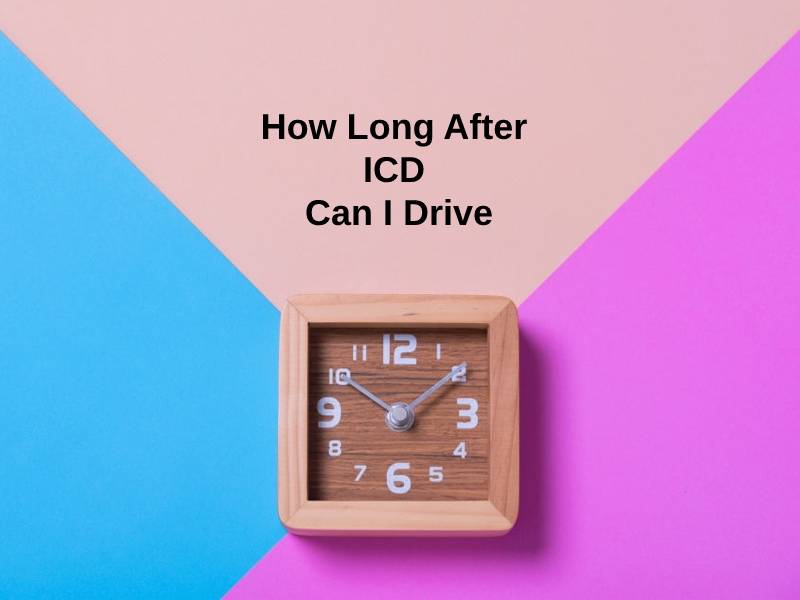
How Long After ICD Can I Drive?
An ICD or implantable cardioverter-defibrillator is an electronic device that can be used to treat arrhythmia and a few other life-threatening problems of the heart. It is a small electronic device that is connected to the heart and is used as a monitor to observe and regulate the normal functioning of the heart.
It is a device that is the size of a stopwatch. It is implanted near the collarbone under the skin. It consists of a pulse generator and leads which are the wires. The pulse generator is made of a tiny computer and a battery that performs the monitoring work. The leads or wires connect the device to different parts of the heart so that the pulse generator can stay connected to it properly and perform its function well.
When the heartbeat is irregular the ICD responds by regulating it and making it normal. After an ICD implantation, some activities such as driving become very risky and so doctors ask the patients who have had an ICD implantation to abstain from such activities. It depends on the type of arrhythmia the patient has.

No Shock
In case the patient has arrhythmia but has never had an attack and just got the ICD on a cautionary basis, then he or she may resume driving after a few days of the implantation.
Shock
In case the patient has already had a life-threatening arrhythmia or has received a shock from the ICD then the doctors recommend waiting at least 6 months before driving.
| Symptoms | Time |
| No Shock | A few days |
| Shock | 6 months |
Why Should I Wait That Long to Drive After ICD?
When someone has an arrhythmia, then the doctor suggests they stop driving at least for a while as soon as it is detected. Then depending on the further symptoms, it can be determined whether it is safe for them to drive or not and when. In case the patient has arrhythmia that does not cause any significant problems then there is no harm in driving and they can continue to do so.
In case the arrhythmia turns out to be bad and exhibits certain serious symptoms such as fainting and frequent attacks, then there might be a hiatus imposed on the driving. When an ICD is implanted, the condition of the patient is observed for a while to see how they are adjusting to the new device and how well it is taking care of them and fixing their problem.

An ICD regulates the heartbeat when it is irregular and gives it a shock when it is about to go into cardiac arrest. This is seen as quite an extreme stage and when this happens the patient is advised to rest and is monitored very strictly. There is a huge likelihood of the symptoms and side effects recurring in this case, hence, the patient is advised not to drive for at least six months. In these six months if no symptoms occur and there are no signs of the arrhythmia repeating or worsening then the doctor may allow the patient to go back to driving in such a case as there is minimum risk.
Conclusion
Arrhythmia is a condition of the heart where it becomes very difficult for the patient to lead a normal life. Their heartbeats are not regulated and hence they face numerous problems. In such a case the patient is implanted with an ICD. It is a small electronic device that consists of a battery, computer, and multiple wires that are connected to various parts of the heart. It not only helps regulate the heartbeats but also updates this information so that the patient can be helped. In case of severe arrhythmia patients are advised to not drive for 6 months to monitor the condition and keep the symptoms in check.

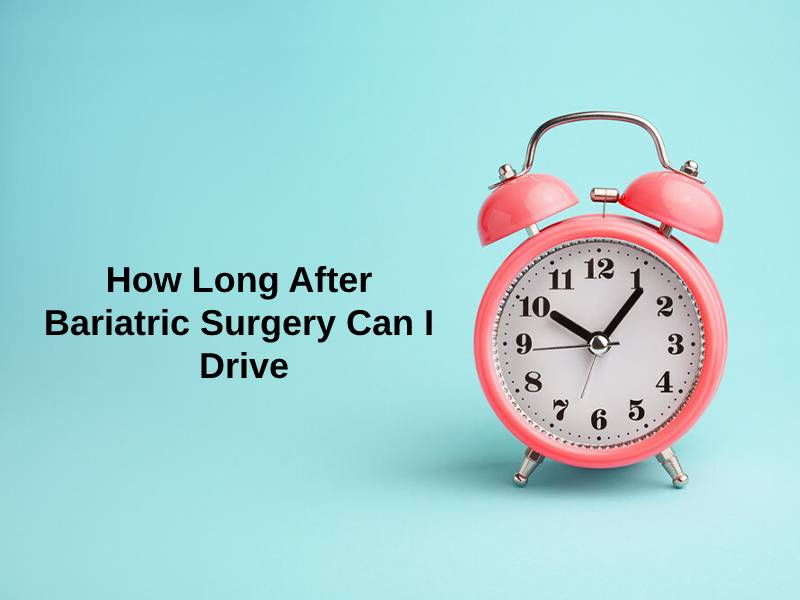
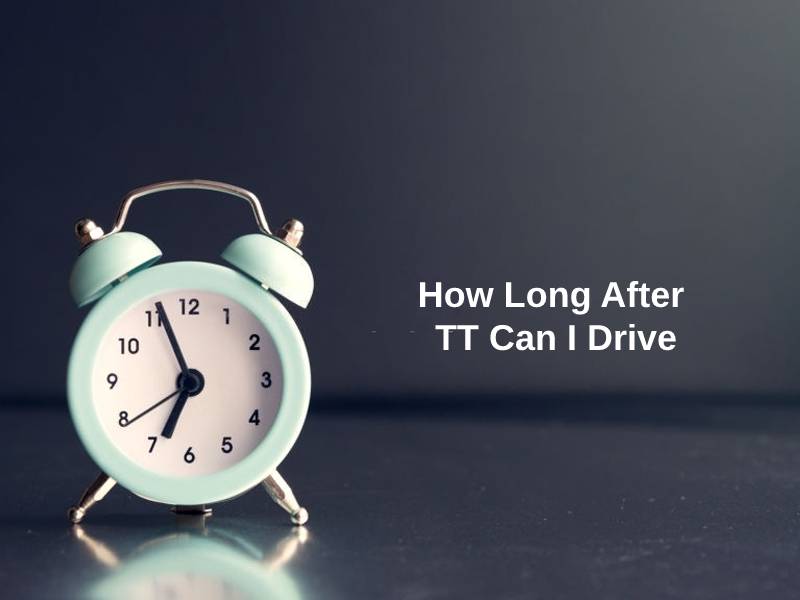
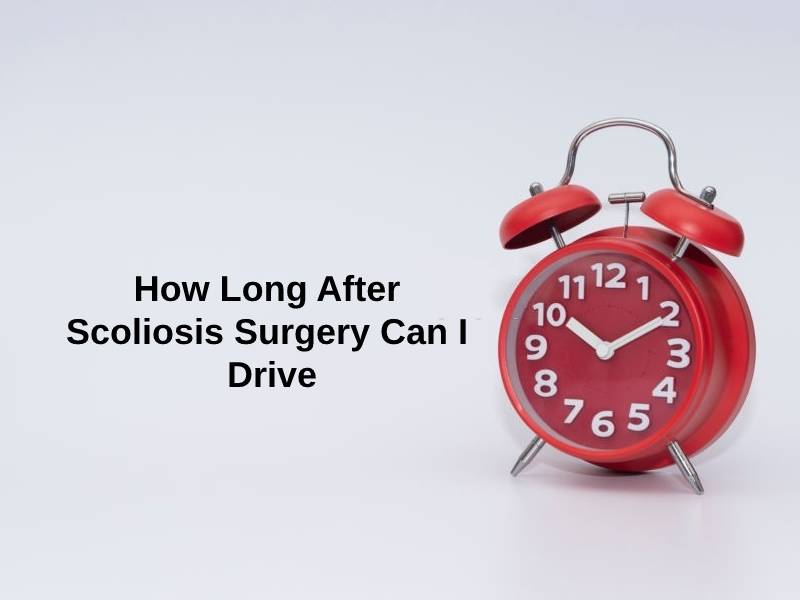
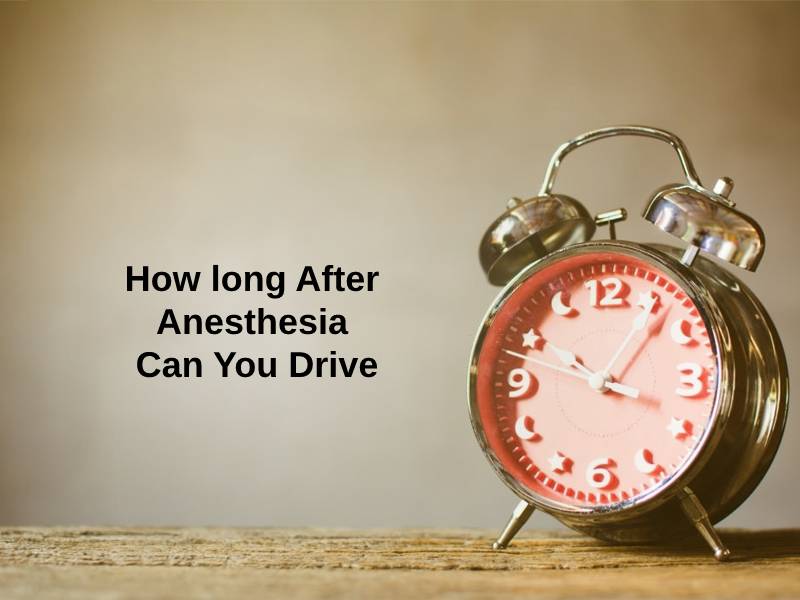
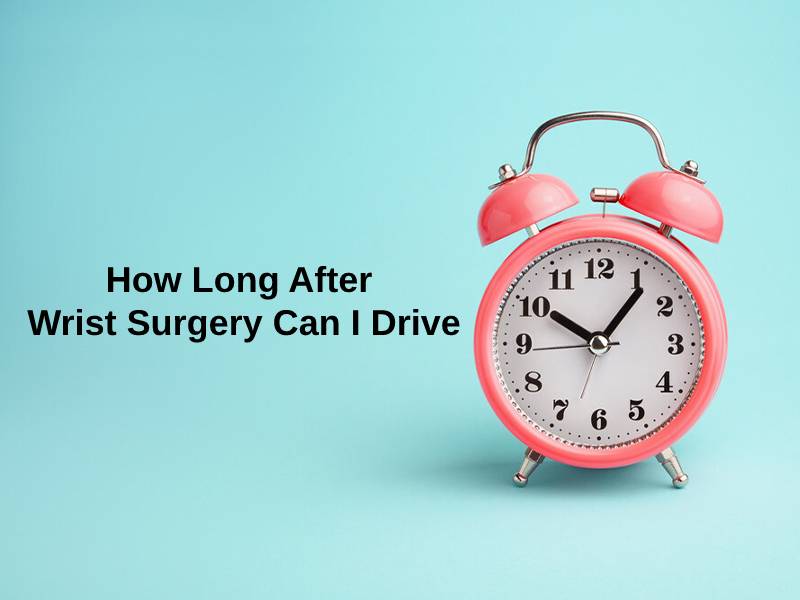
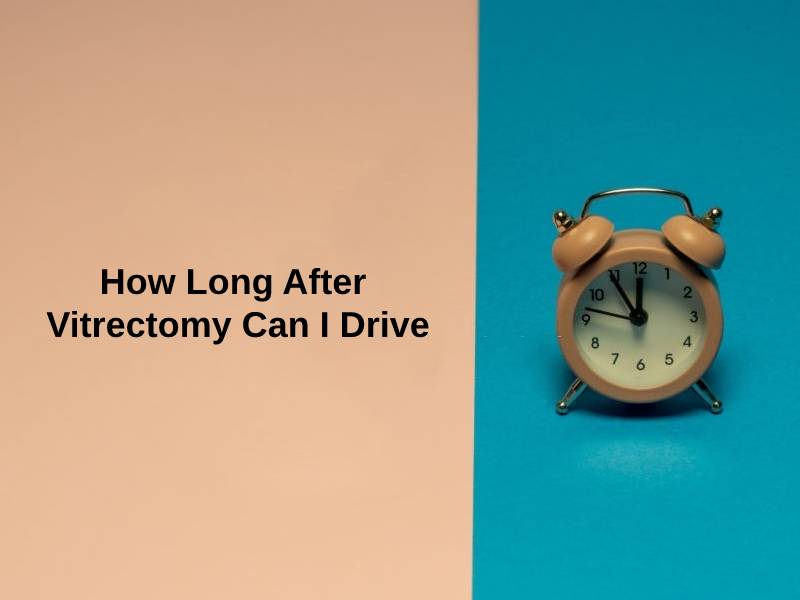
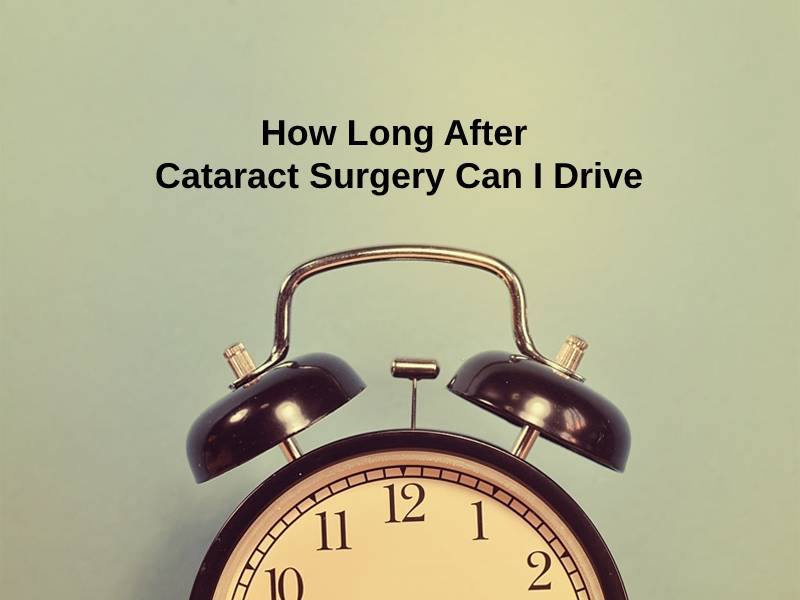
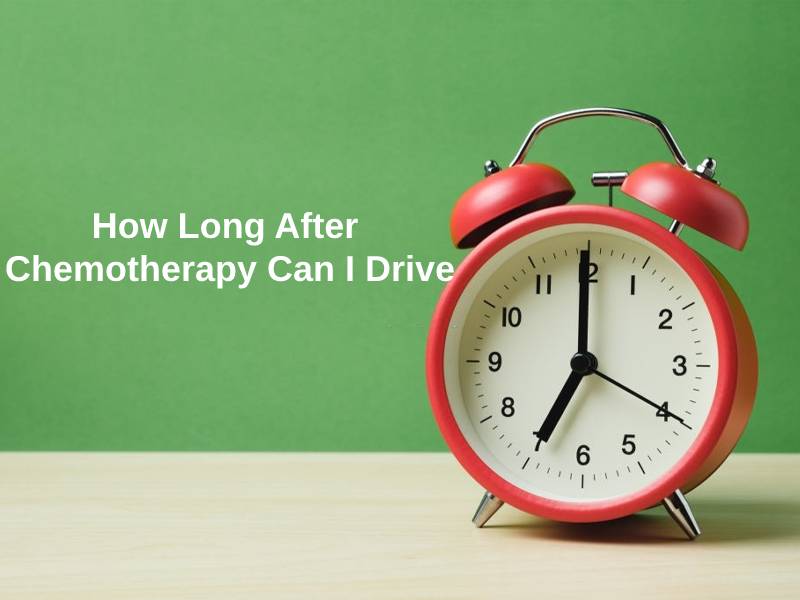
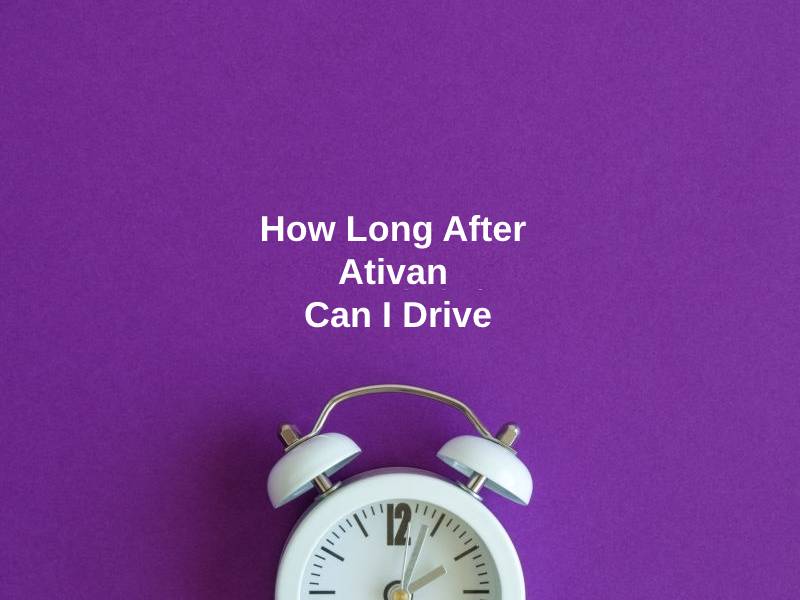

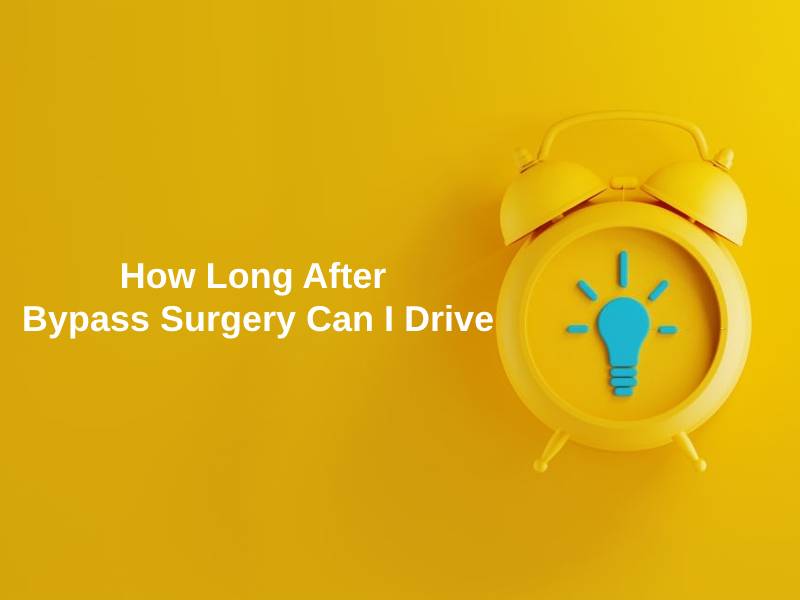
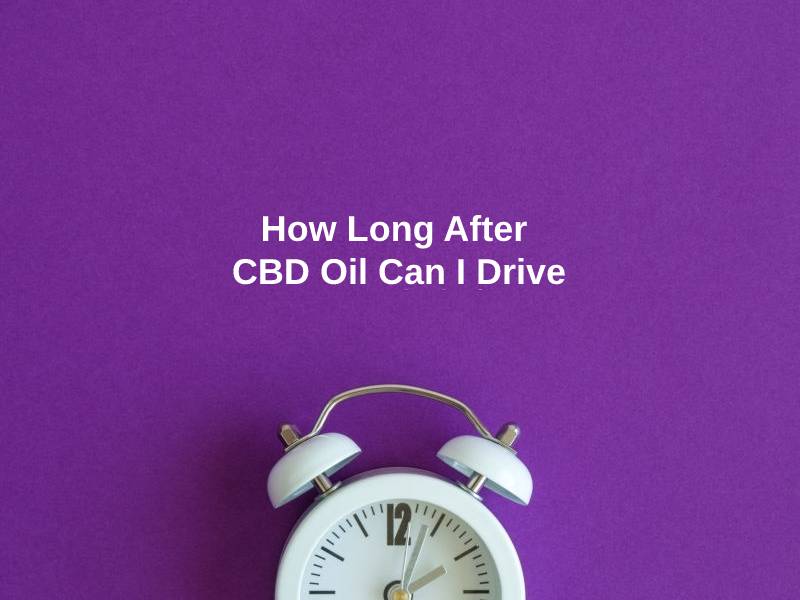
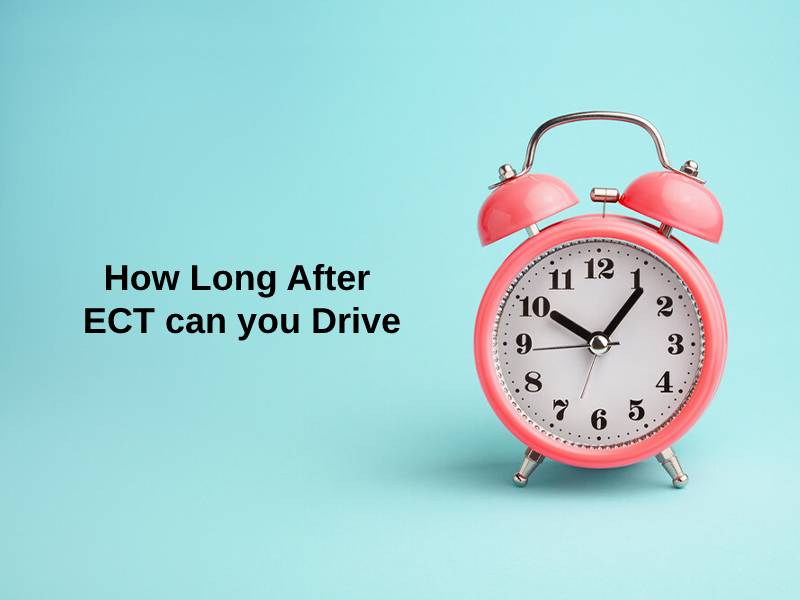

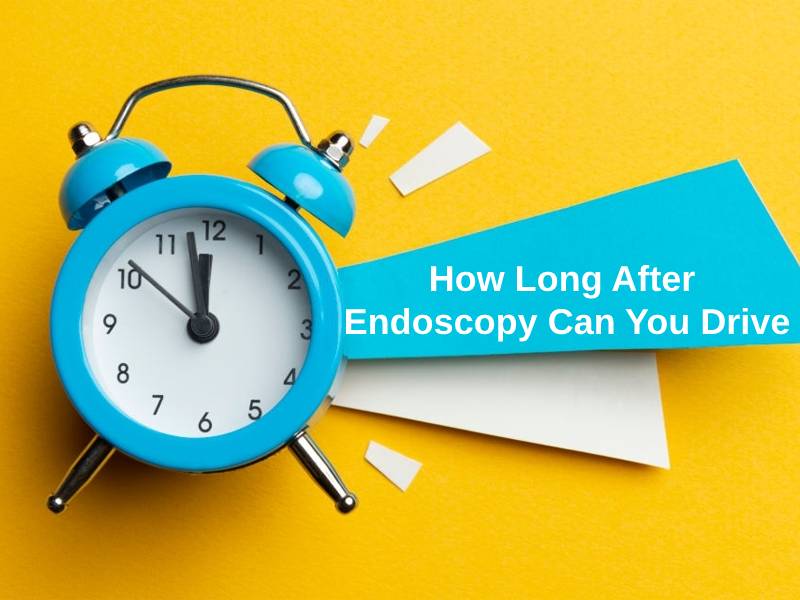

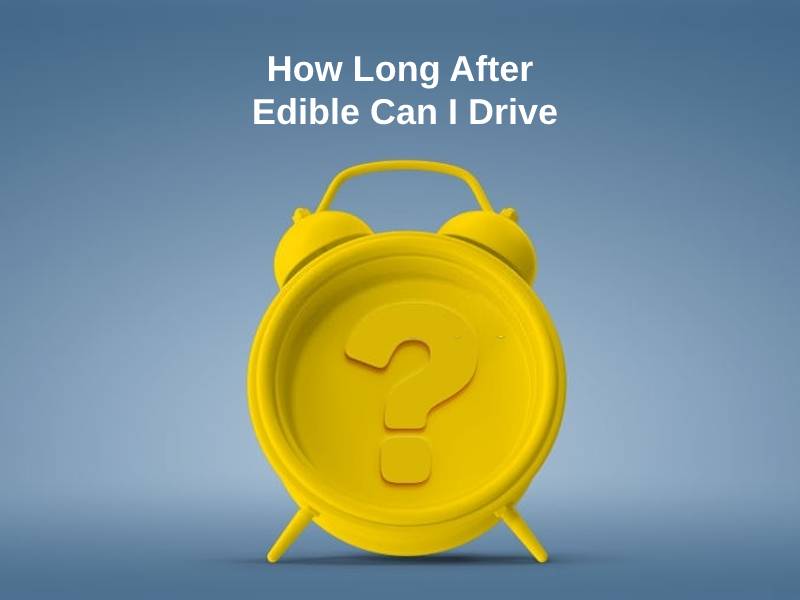


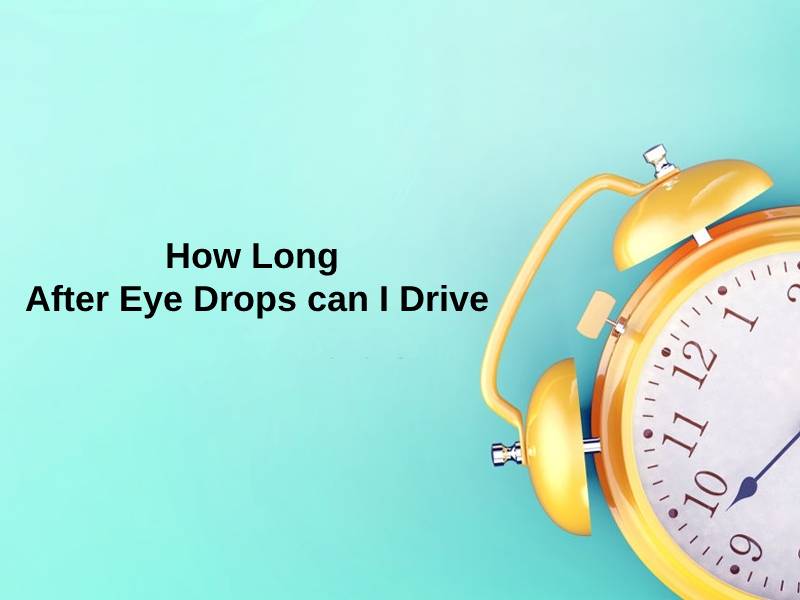
This post provides valuable information about ICDs. It’s a good practice to follow medical recommendations for safe driving after ICD implantation. Being cautious about one’s health is crucial.
I fully agree. The information provided here is necessary to understand the risks associated with driving after ICD implantation. Safety comes first.
This is a well-written post. It provides clarity on the importance of waiting before resuming driving after an ICD.
The medical advice shared here is enlightening. It stresses the importance of giving the body time to recover and adjust after an ICD implantation before engaging in activities like driving.
I appreciate the detailed explanation about the factors affecting the time frame before patients can resume driving after getting an ICD.
The post offers important insights into the precautionary measures needed after getting an ICD. Waiting for 6 months before driving again shows how crucial recovery time is.
The post clearly explains the reasons for refraining from driving after an ICD implantation. It’s critical for patients to recognize the significance of this recovery phase.
I appreciate the detailed information provided here. It’s essential for individuals to understand the importance of allowing the body to heal properly after an ICD implantation.
This is an important read for patients who have received an ICD. Understanding the medical reasons for waiting before driving again is crucial for their safety.
I couldn’t agree more. This article delivers vital insights on the recovery period required after receiving an ICD before resuming daily activities.
The information shared here elucidates the impact of ICDs on patients’ day-to-day activities. It advocates for patients’ safety and well-being during the crucial recovery phase.
This article is a valuable resource for patients seeking to understand the recovery period after getting an ICD. It provides a detailed perspective on the associated risks and safety measures.
I couldn’t agree more. Understanding the significance of the recovery time after ICD implantation is essential to avoid any potential risks to the patients’ health.
The post offers a comprehensive understanding of the critical recovery phase after receiving an ICD. It emphasizes the importance of adhering to medical guidelines for patients’ safety.
Well said. Patients should carefully consider the advice provided in this post when deciding to resume driving after an ICD implantation.
While waiting 6 months after ICD implantation before driving might seem long, it’s a necessary precaution. The post does a great job of explaining the reasons behind this timeframe.
This is a very insightful article. It provides a clear picture of why it’s essential for patients to refrain from driving for a certain period after getting an ICD.
I agree. Understanding the importance of allowing the body to heal properly after an ICD implantation is critical for the patients’ well-being.
The information provided in this article is significant for individuals who have undergone ICD implantation. It’s essential to prioritize health and safety above everything else.
Absolutely. Addressing the recovery period after ICD implantation is crucial for making informed decisions about activities like driving.
This article adeptly highlights the complexities surrounding the recovery period after ICD implantation, particularly relating to activities like driving. Patients must take these factors seriously.
Absolutely. The post succinctly explains the medical reasons that necessitate the waiting period before patients can resume driving after receiving an ICD.
This post raises several crucial points about driving after ICD implantation. It’s important for patients to understand the risks involved and strictly follow medical guidance.
This article provides essential knowledge about the recovery process after receiving an ICD, especially from the standpoint of resuming activities like driving.
I’m glad to find such an informative post. It’s essential for individuals to recognize the impact of ICDs on daily activities like driving.